'Drenthe!' My wife's cry of joy as we drive into the least populated province of the Netherlands. The enthusiasm stems mainly from the fact that she was born here. She already knows the jokes about hunebedden and what it was like to live in a plaggenhut. Drenthe is a wonderful cycling province. Not only because of the National Parks, such as the Dwingelderveld, but also because of the (new) roof of Drenthe, the 'Col du Vam'. According to language and cycling purists, the dirt road should not be called a 'col', but I could care less. On a recent trip to the province, one thing struck me: the village names of Drenthe. On my routes from Zuidlaren, some nice ones passed by. Hence a little ode, with a nice route to 'vincken'.
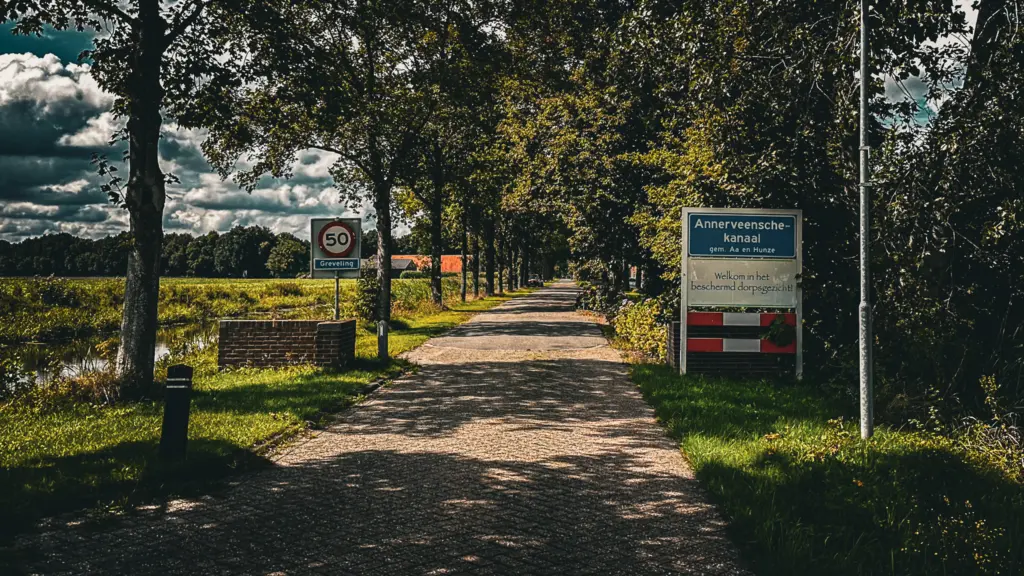
The longest place name in the Netherlands
As I drive through the woods near Gieten, I have to chuckle every time. So there are people who have figured out, that besides Gasselte, you can also have a branch: Gasselternijveen. The history of these little villages is already brilliant. Apparently, when creating new (Nije) village names, they got no further than adding a bit each time. Gasselte, Gasselteboerveen, Gasselternijveen and finally Gasselternijveenschemond. Reference to the place of origin or relationship to 'the tribe' of Gasselte seem obvious. I find it a curious history. Especially since the villages are almost all dead straight, along a canal. Together with Gasselterboerveenschemond, Gasselternijveenschemond has the longest place name in the Netherlands. And that for a drainage area of peat and peat
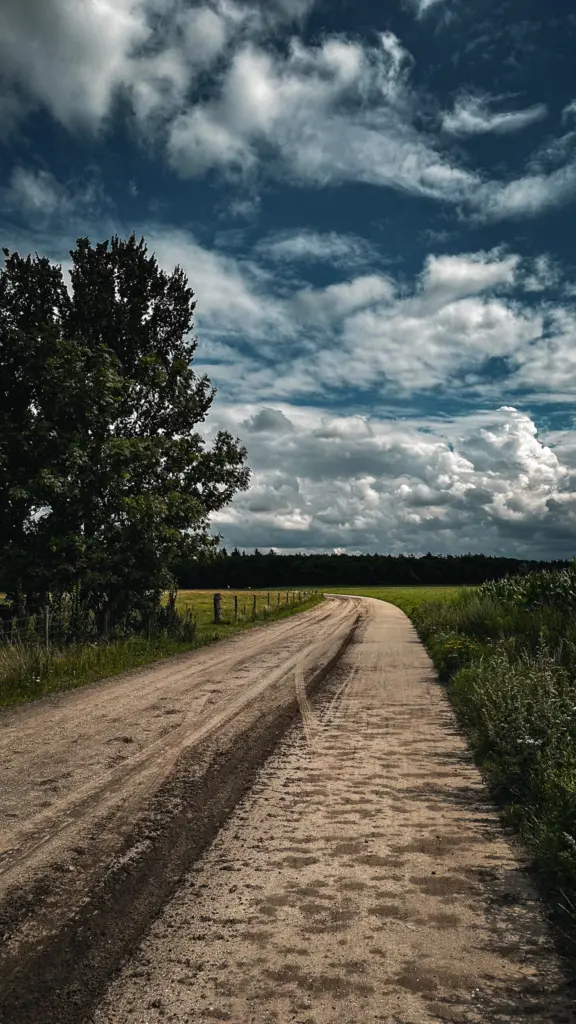

One More Time
Anyone who ever took part in the Battle of Norg will be scratching their head once more: was it really there? One? Yes. It really stood there and it still does. One is a hamlet in the municipality of Noordenveld. Near the prison village of Veenhuizen, near Norg and near America. I always wonder then how that went about naming. How do you come up with the name Een? I mean, it is one of the most commonly used words in the Dutch language. Incidentally, Een is not the shortest place name in the Netherlands. There, the winner is the Frisian village of Ee. Still, one less 'n'. And if you really want to know, you have to go to Limburg.
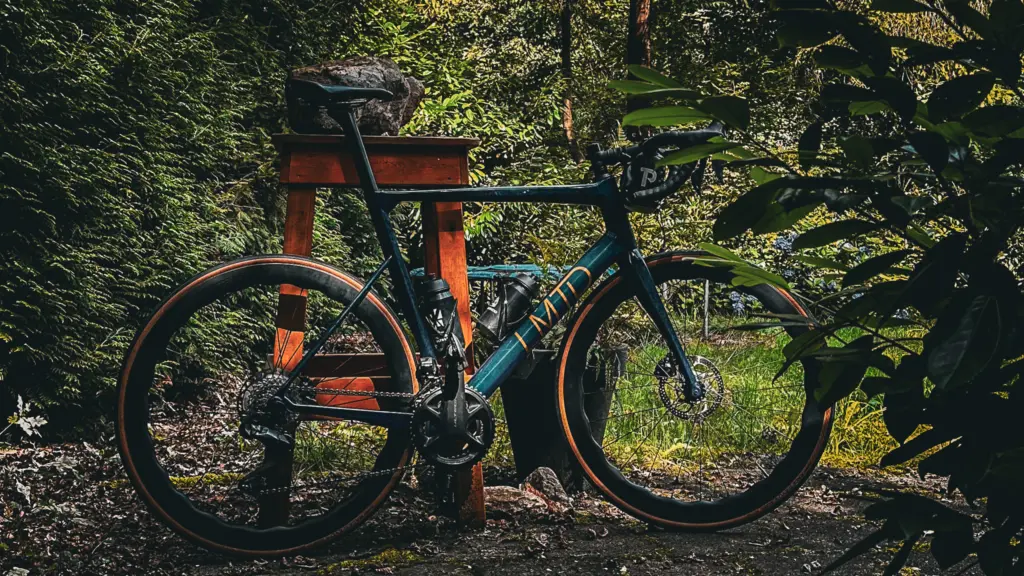
Start in Zuidlaren
For my routes, I start in the beautiful Drenthe village of Zuidlaren. That besides a Zuidlaren there is also a Noordlaren, I had expected. The village in between? So it's not called LAREN, but Midlaren. Then again, Laren is in the Gooi region. From Zuidlaren you can go straight to Tynaarlo, where you find one of the province's many dolmens, Hunebed D6 to be precise. Then you can cross over and arrive at Taarlo. Were they original enough at Tynaarlo to put YN in between? Or did they at the Taarlo foundation believe it could be 'even shorter'. Why they did not choose the name 'basket' is completely unclear. Then again, is that any relation to 'the mouths' here? While you're there, you can 'vincken' both 1st and 2nd Exloermond and Valthermond here. I had it Never Thought.

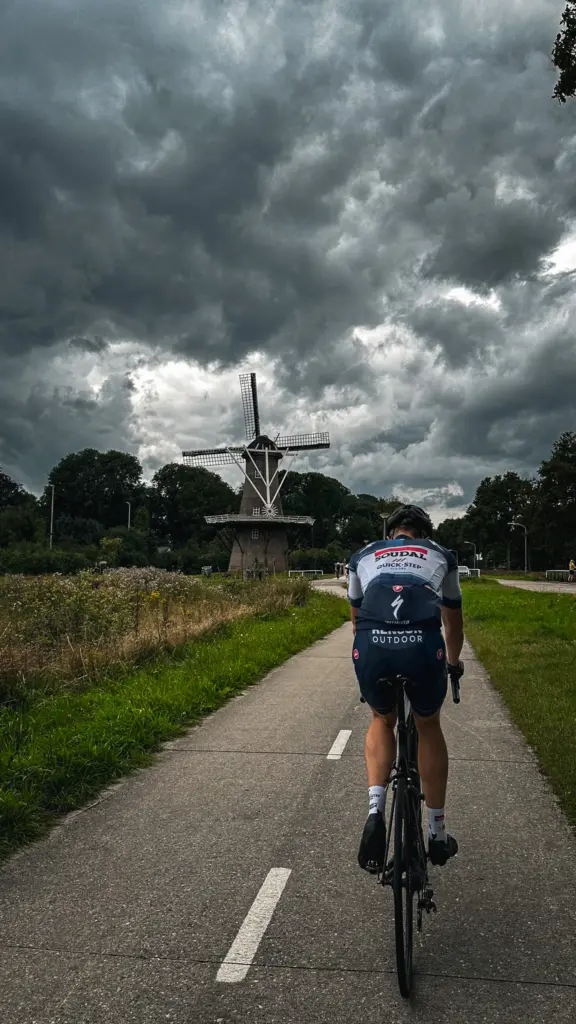
In the north, you write Loo with double 'oo'
In this region, you find many villages with an 'LO' at the end. Dwingeloo, Schoonloo, Grolloo, Anloo, Balloo and Exloo .Yet it is striking that here it is LOO and not Dwingelo. Het Loo Palace is in Gelderland. Just like Groenlo, Otterlo and Hoenderloo (the village in Gelderland). It seems like on the eastern side of NP Hoge Veluwe was written with a double oo. Although, Almelo and Boekelo are in Overijssel again. Weerselo is also with a single 'o'. Then again, the southern province of Limburg has Elsloo, with double 'o', but also castle village Baarlo. I have lost it.
Swillers and more
That place names have a relationship to a language we no longer speak, Old Dutch or sometimes Old Drenthe, may be obvious. With my wife, I often discuss whether the word 'Zwiller' exists. 'Yes, that's behind a tractor and it ends up making 'zwillegies', or heaps,' I hear. According to Van Dale, it doesn't exist, although the De Jong family from Drenthe insists it is. That it does. Anyway, while touring the Drenthe (or is it Drentsche) countryside, I think the same is true of the villages of Bronneger and Zwiggelte. I think this has similar origins, but who knows may say. On a cycling route in Drenthe, you come across something more.
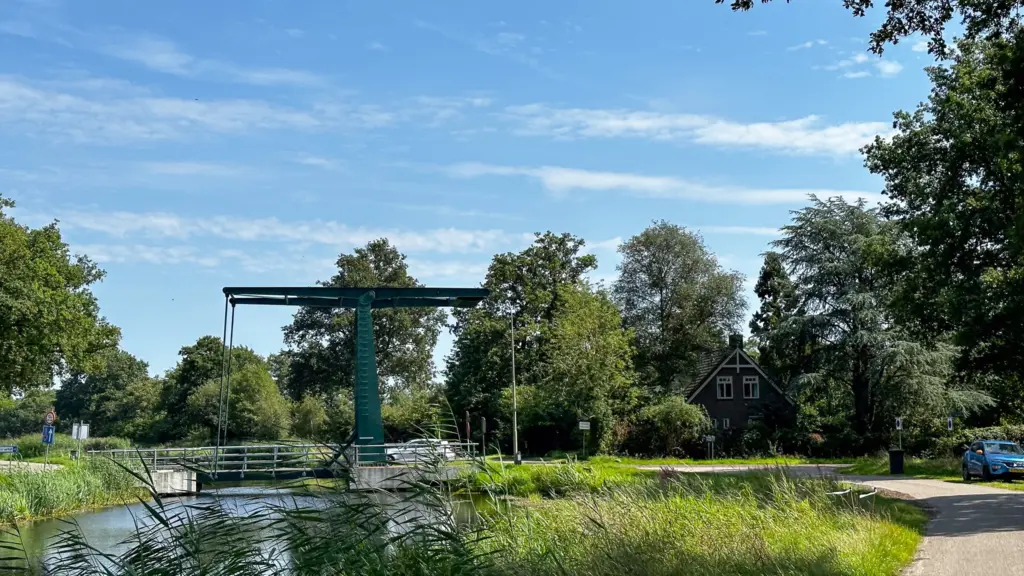
Peace and quiet and beautiful nature
On my route, in addition to beautiful place names, I come across lots of beautiful nature. Because that is what you really come to Drenthe to cycle for. Through the Balloërveld, through the woods near Gieten, through the vast fields. Drenthe is peaceful, although a busy Sunday afternoon on a terrace might suggest otherwise. Yet you are soon almost alone again when you leave the village centre and head into the greenery. Wherever you go, it is always enjoyable and if you pay attention you will come across beautiful place names. Because I haven't even mentioned such gems as Eexterzandvoort and Drogteropslagen.

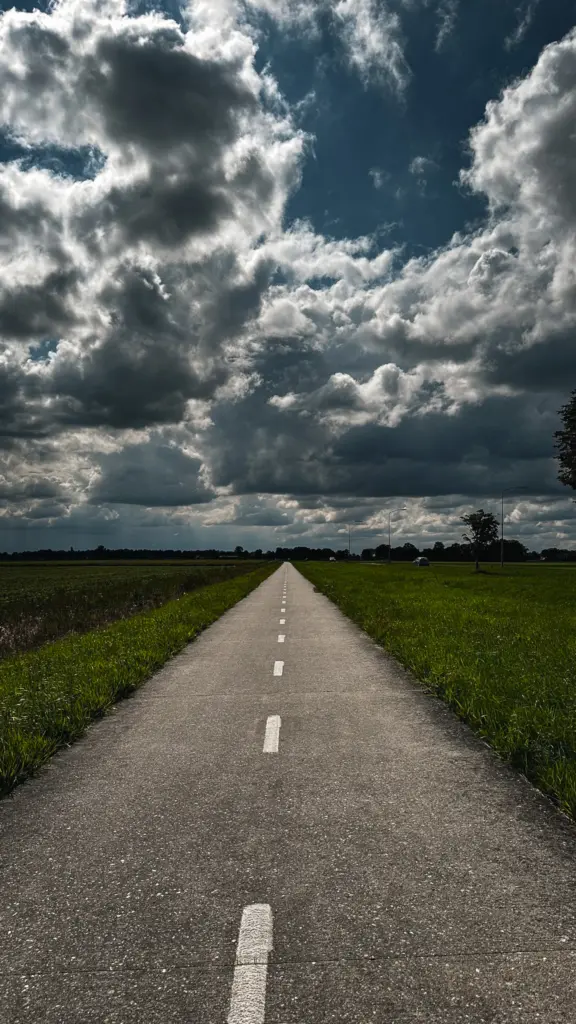
Tips for a tasty stop
- Borger is home to the 'best ice cream parlour in Drenthe': at La Dolce you can score a tasty ice cream
- In Gieten bakery Job a fine stop. A spacious terrace and a delicious assortment of delicacies will give you back enough energy for the final stretch
- If you are unlucky, and you might be, you can also stop by Borger at Egberts along. I had a somewhat soft rear tyre myself and was helped quickly and kindly.
- Start and finish of our route is at Classmate. The coffee and cakes are worth it!
- Meanwhile, we have also scheduled a stop at Koerscafe Gasselte. So you have plenty to choose from on your route

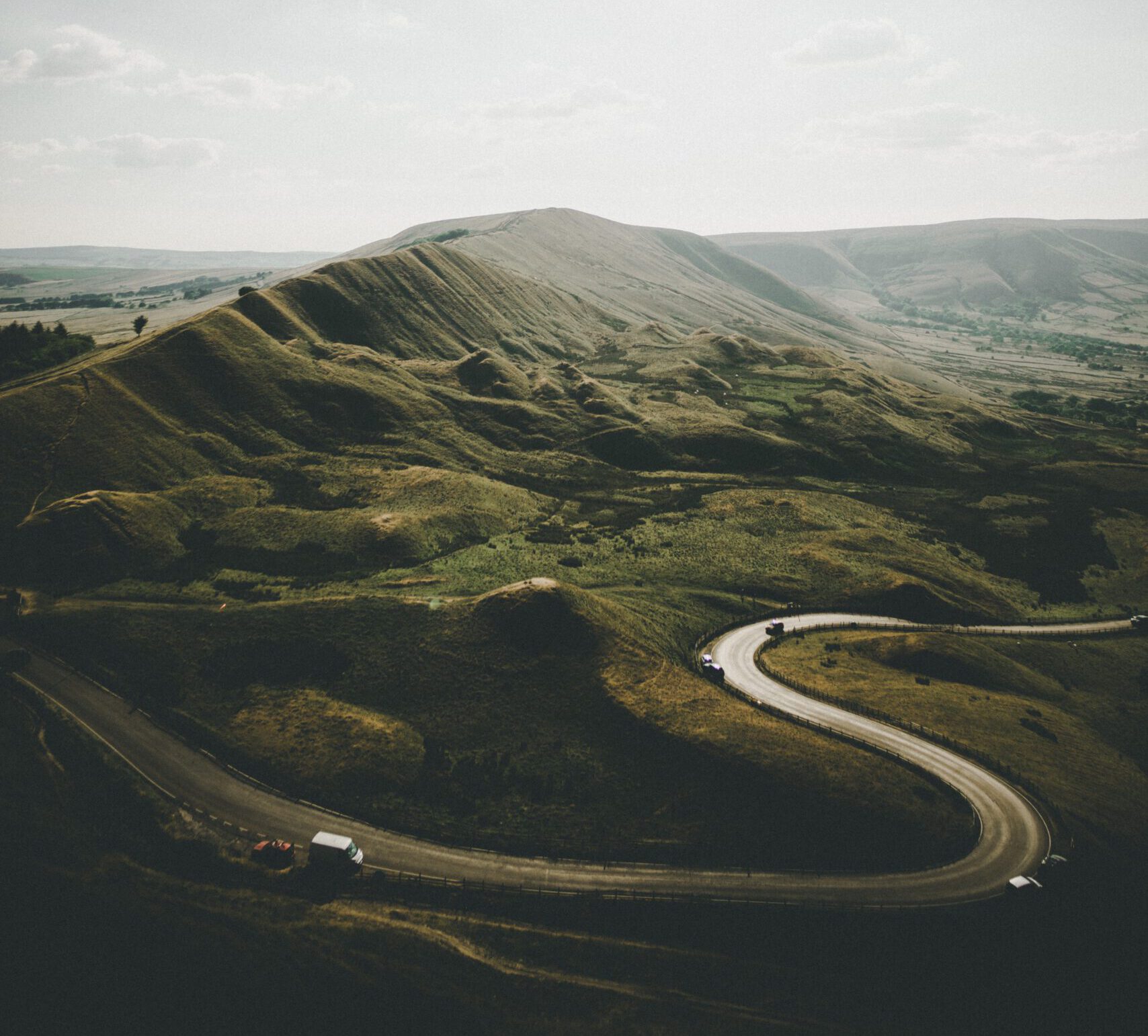
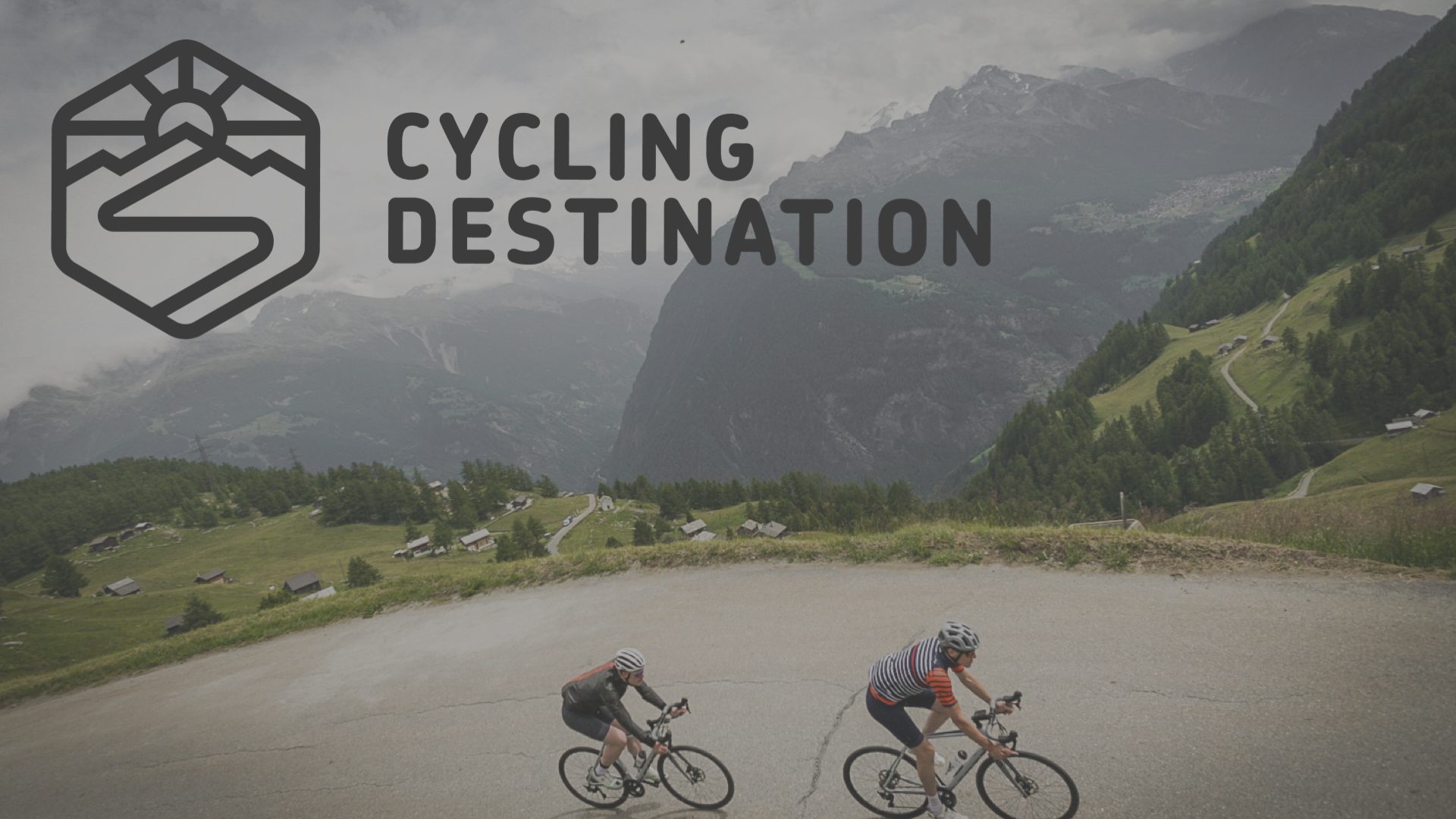
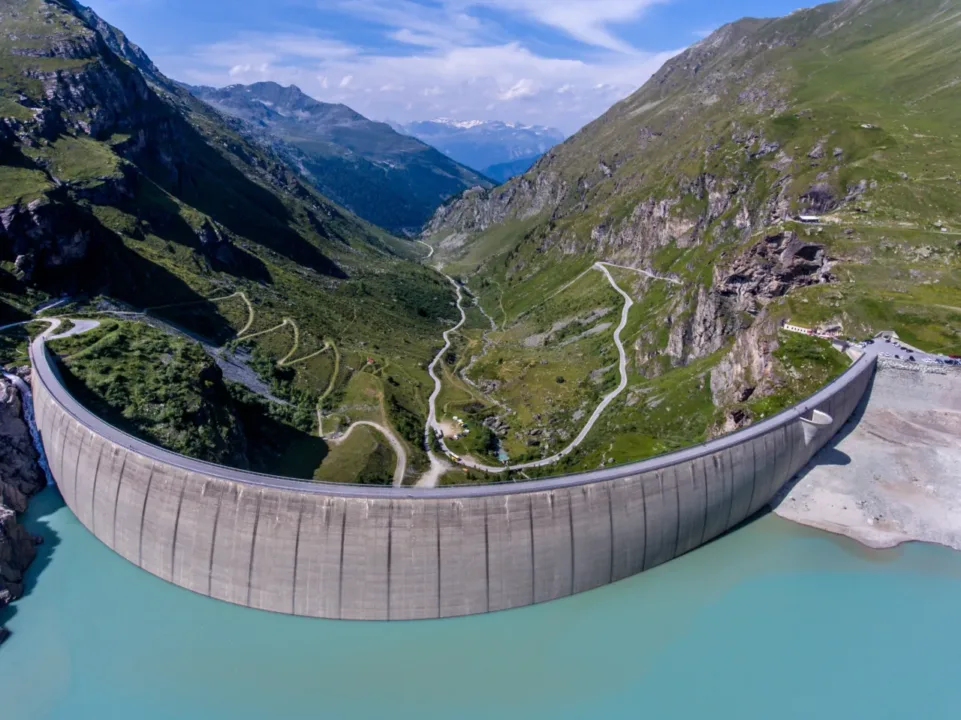
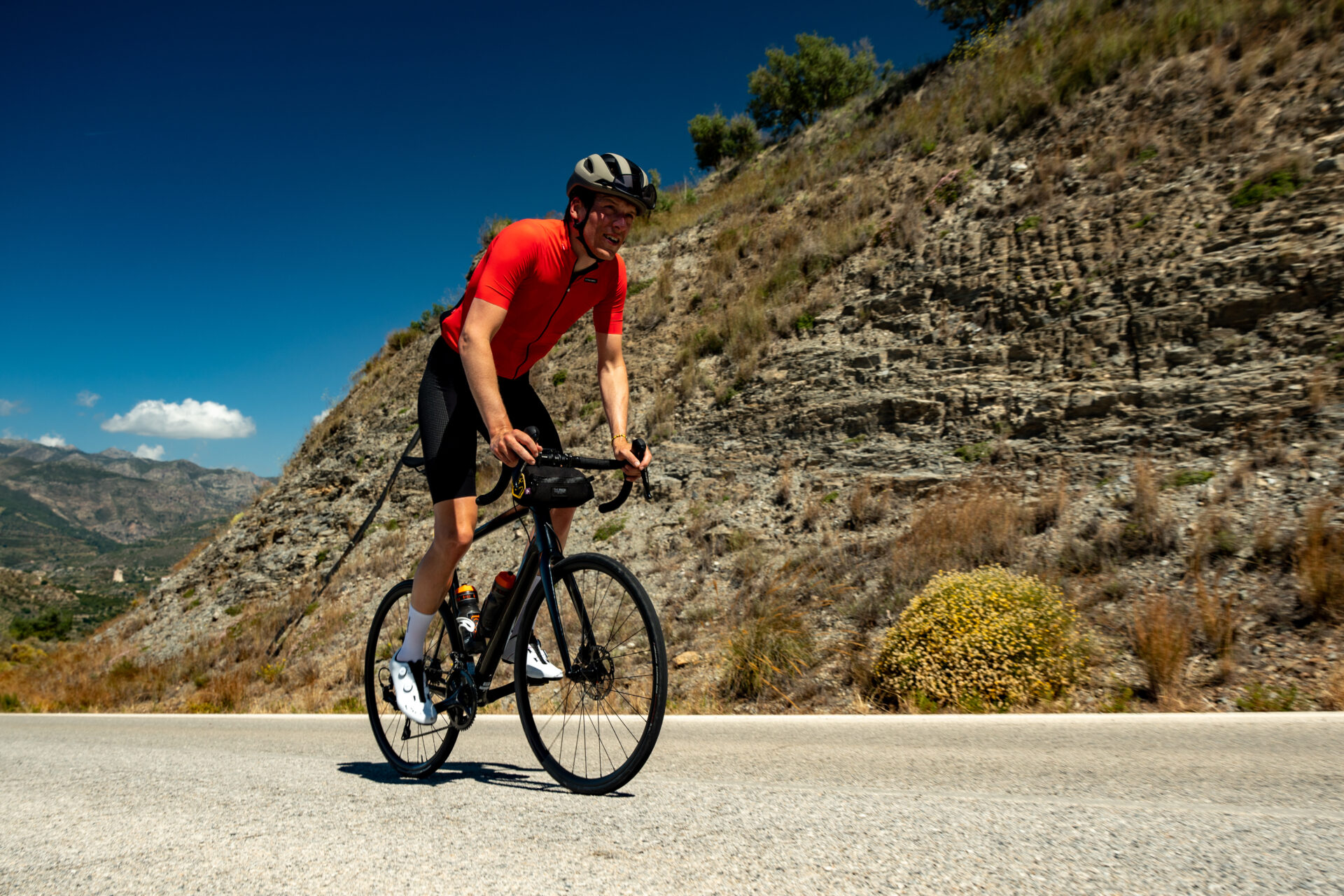
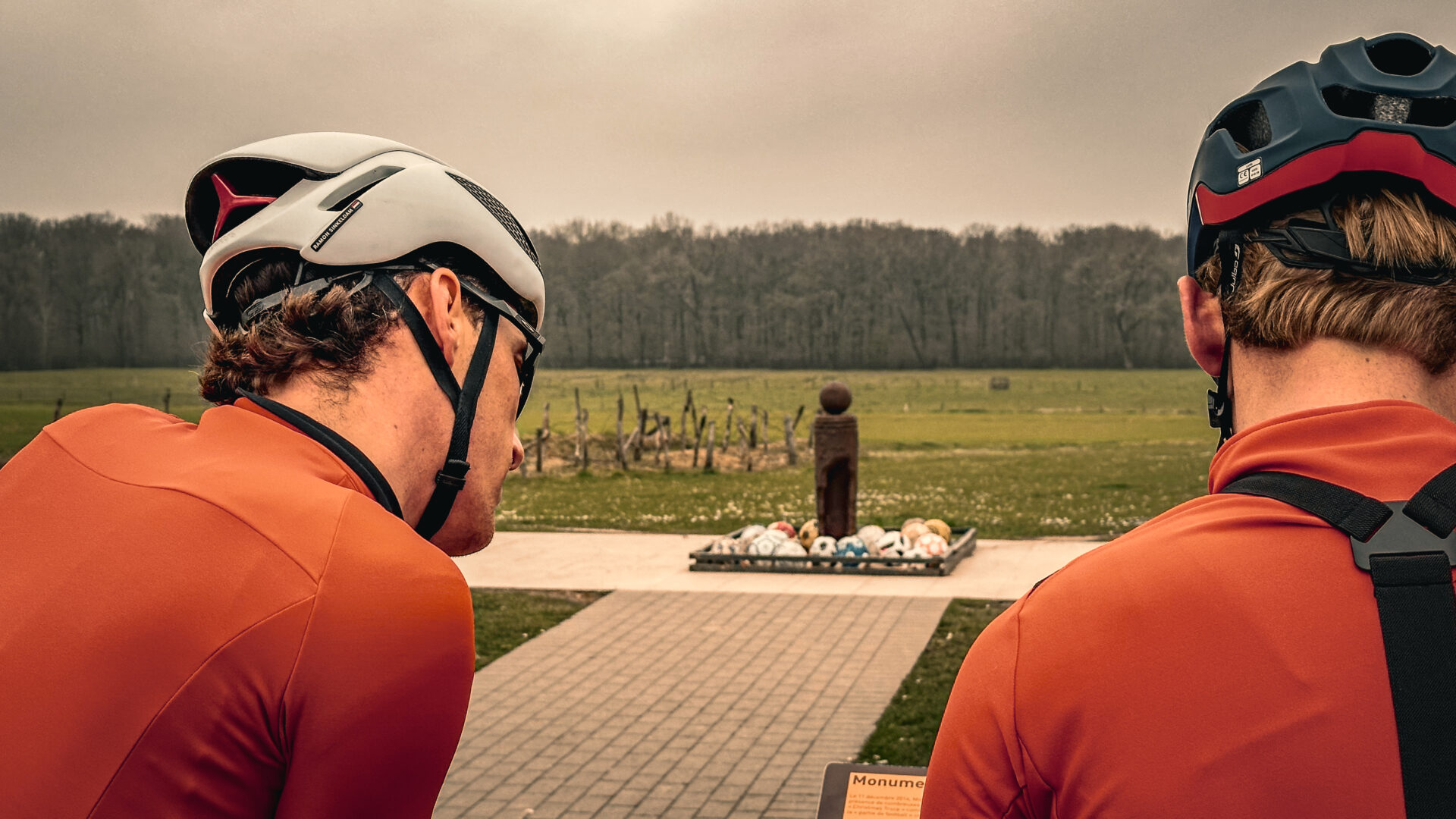
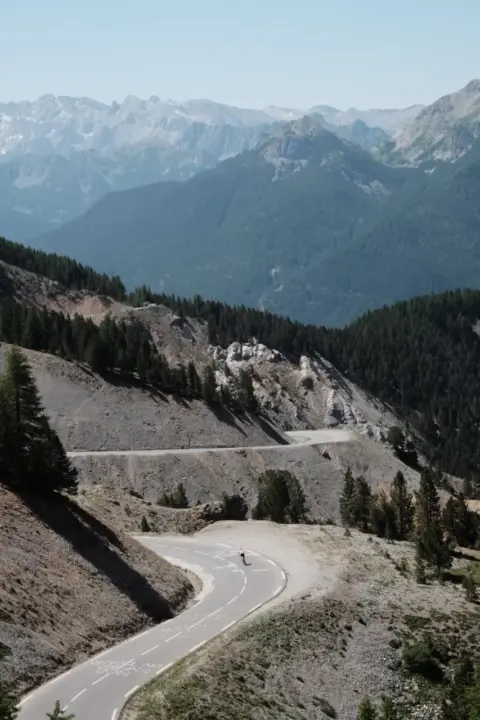
2 responses
Zwillen is the Drenthe version of the word zwelen( is in the van Dale) e n means to rake together on long tiles of scattered hay.
What a beautiful province we live in: peace, space, natural beauty.... what more could you want!
Nicely described, with humour ( not insignificant )
In the van Dale, the verb: ZWELEN, in Drents : ZWILLEN , with which -we Drenten- are again quite right with our " zwillegies ".